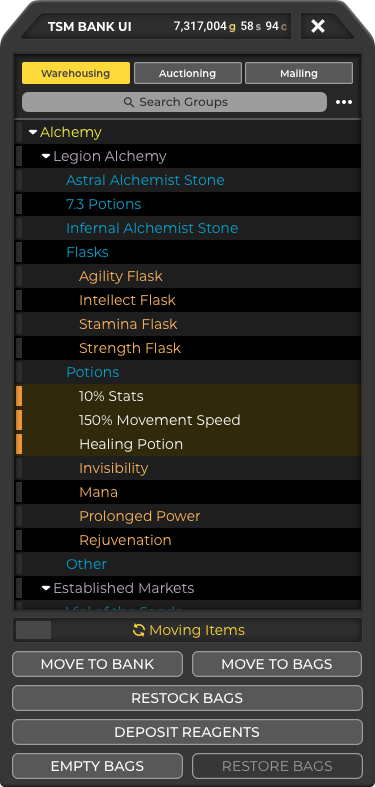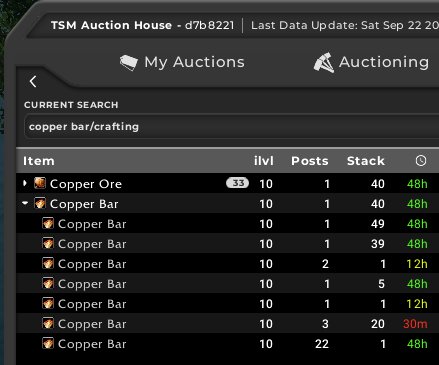

The finalģ8 items were again subjected to PCA in the large normative sample, the results

Validation, and (d) increases in Cronbach’s (1951) alpha upon removal of the item. Similar sections of the long-form SP, (c) poor item loadings in a PrincipalĬomponent Analysis (PCA) using the normative TD sample from the long-form SP Sixty additional items were removed based on: (a) lack of differentiationīetween SMD and TD groups, (b) low item-total correlations with conceptually Items with content outside of the domain of sensory modulation were eliminated. Limited to ASD, and 37 with typical development (TD). Years: 21 with clinically diagnosed Sensory Modulation Disorder (SMD), 24 withįragile X Syndrome, 35 with other developmental disabilities, including but not Questionnaires completed by the caregivers of 117 children aged 3–17 The 38-item SSP was derived from psychometric analyses of SP On score percentiles from a large normative sample of children without Sensory abnormality (Typical, Probably Difference, or Definite Difference) based The score on each subscale can be used to classify children’s level of SSP contains 38 items organized into seven subscales. Questionnaire (SP Dunn, 1999) originallyĭeveloped as a screening tool to identify children with sensory processingĭifficulties ( McIntosh et al., 1999). The SSP is a shortened form of Dunn’s Sensory Profile caregiver The Short Sensory Profile: Development and Prior Studies Miller, Shyu, & Dunn, 1999) in a large sample of children with Measure, the Short Sensory Profile (SSP McIntosh, Thus, the current study aims to supplement the existing literatureīy evaluating the structure and psychometric properties of a commonly-used sensory

Supporting the reliability and validity of these instruments in the ASD populationĢ017). Subtypes is a laudable goal, it is hampered by the large number of instrumentsĬreated to measure sensory features and the relative dearth of empirical studies Although the fractionation of ASD into sensory To assess sensory symptoms (for a review, see DeBoth Unfortunately, these investigations have produced disparateĬlassification schemes that seem to be largely dependent on the questionnaire used Of individuals with ASD based on reported sensory symptoms ( Ausderau et al., 2014a, 2016 Ben-Sasson et al., 2008 Ģ017 Lane Young, Baker, & Angley, 2010 Lane, Dennis, & Geraghty, 2011 Lane, Molloy, & Bishop, 2014b Liss, Saulnier, Fein, & Kinsbourne, 2006 Uljarević, Lane, Kelly, & Leekam,Ģ016). Studies that utilize cluster analysis or Gaussian mixture models to define subgroups Perspective has become increasingly popular in recent years, with a proliferation of Sensory processing are used to stratify ASD into clinically meaningful subgroups Some researchers have advocated for taking an “individual differences”Īpproach, whereby within-group variation is emphasized, and specific patterns of

In light of the clinical heterogeneity of sensory features and of ASD itself, However, findings across studies are extremely heterogeneous, frequentlyĬontradictory, and do not converge on a specific pattern of sensory features as a Mostofsky, & Puts, 2018 Moore 2015 Robertson & Baron-Cohen, 2017 Schauder & Bennetto, 2016). Marianowski, Misery, & Lemonnier 2017 Hazen, Stornelli, O’Rourke, Koesterer, & McDougle, Numerous studies haveĭemonstrated ASD-control differences in sensory processing across modalities andĪssessment instruments ( Baum, Stevenson, & With autism spectrum disorder (ASD) and are now considered a defining feature of theĬondition (American Psychiatric Association, 2013). Atypical responses to sensory stimuli have long been observed in individuals


 0 kommentar(er)
0 kommentar(er)
